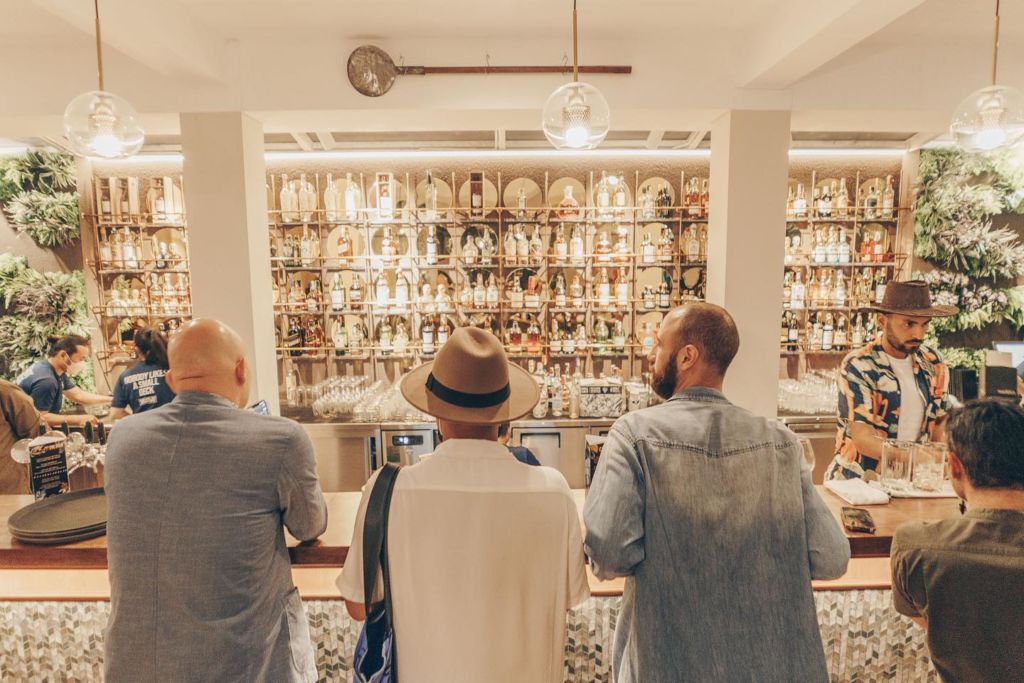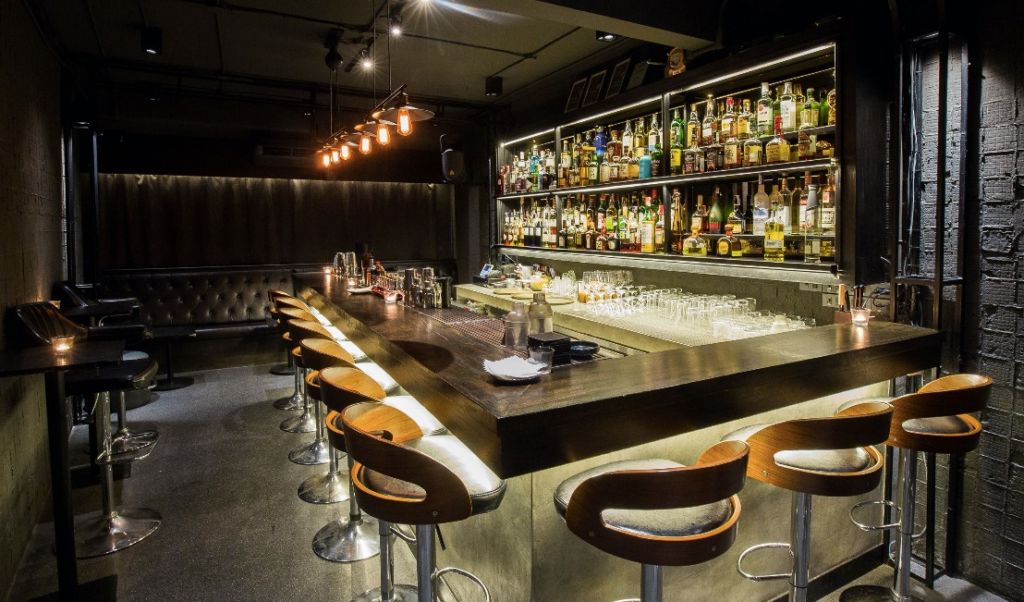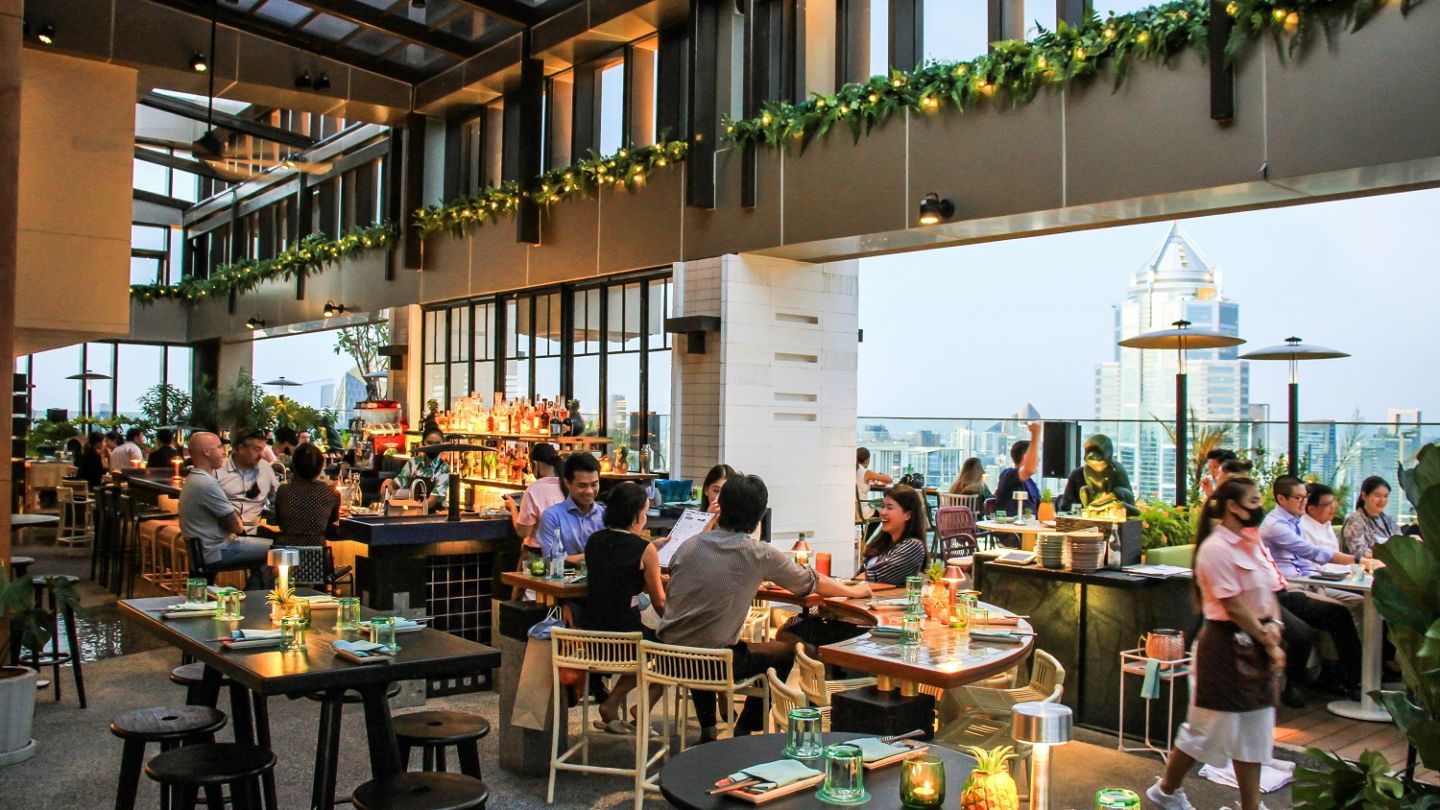One of the hot topics this week on the Thainet was whether restaurants are right to automatically tack on a 10% service fee.
On Saturday, a man shared his experience on social media asking restaurants to remove the 10% service charge from his bill. Even though the controversial Facebook post has been deleted, it stirred discussion and reignited argument about the efficacy of the dreaded “+” or “++” on the bill. Should it be mandatory? Abolished? Voluntary?
Responding to the controversy, Col. Prateep Charoenkul of the Consumer Protection Board said customers are entitled to know all the charges they may be subject to before deciding to dine. This means they can refuse to pay at any restaurant failing to display a sign showing all the charges, according to Prateep.
But what do other people think about this? We ask local entrepreneurs, customers, industry insiders, and a legal expert for their point of view on the 10% service charge.
Business owners
Honey Meinhart, co-founder of Daniel Thaiger, Stax
“We used to have service charges, but now we don’t. I think, if we are not a fine-dining restaurant, we shouldn’t have a service charge. In my opinion, hotels and fine-dining restaurants are acceptable because they are full-service. I pay my staff starting at THB15,000 per month based on experience and performance, and there is a yearly performance evaluation for a pay raise. They also get other kinds of benefits like bonuses, incentives, and other rewards, and the tips from customers get divided equally. I think if you rely only on service charges, sometimes the staff can feel discouraged during the low season.”
Bye Wongchindawest, partner at The Deck, Madbunsburger, and Mod Kaew Wine Bar
“I am in agreement with the service charge as industry standard for restaurants in Thailand. Our salary base is higher than a lot of places, and the staff get 60% from the 10% service charge. The other 40% go into other kinds of benefits, like staff outings, birthday parties, and spending for the well-being of the staff. At the end of the day, customers look badly at restaurants when we don’t give 100% of service charge to the staff, but that money can cover other kinds of benefits, too. On top of what’s mentioned, we also have benefits, like extra hours, rewards for being on time, or even staff home improvements. If a restaurant is dishonest about their policies, then the staff won’t stick with them because right now we need more professionals in this industry. It’s so hard to find staff these days. If anyone in this industry is underpaid, they’re welcome to come apply for a job with us.”

Staff
Ping Charoensri, Beverage Director, Find The Locker Room
“Whether you see it or not, that 10% service charge is going to be there, and if more and more people start refusing to pay the add-on 10% service charge when the bill comes, eventually, venues will just include it with the prices on the menu. At Find The Locker Room, we include the 7% vat and 10% service charge with our prices on the menu already. I think this way is good because it’s easier for customers to split bills among themselves and they know exactly how much they’re spending. The 10% is important for the service industry people. It’s like an incentive thing for them. When they service the customers, they can try and sell more to get more money. Say, if their salary is THB25,000 net, they know they’re going to get that money anyway so it could give a kind of mindset that why try harder. So, this service charge, in a way, is actually helping make the service better. I would also like to mention that at Find The Locker Room the staff get 100% of the 10% service charge.”
Customers
Raenuka Fangtong
“As a customer, while I do understand that customers already receive the service and that staff do not have enough benefits and rely on service charges, I think the service charge should be a choice. Customers should get to decide how they feel about the overall service and pay accordingly. Perhaps if the service charges in Thailand are similar to the tipping system in the US where there’s different percentages, that could be a good compromise for both parties.”
Prapon Chanasenee
“I don’t think service charge should be a customer’s responsibility because when something is mandatory, that should also come with some kind of standard. What kind of standards? What makes it worth it for us to pay the extra 10%? Who came up with these standards? Where does the 10% actually go? Who gets it? Personally, I would prefer tipping where I have the option to choose, or the restaurants could even provide us with 3-5-7-10% for us to choose when the bill arrives.”
“Another option is they could just make the prices shown on the menu net. I don’t want to see the price that says THB400 and then I actually have to pay THB500 at the end. If you have THB100, you can decide whether you can eat here with your THB100 or not. I agree with the net pricing format. As a customer, we don’t want to calculate. My friends I eat and drink with are the same. And if the service is good, we will be more than happy to tip on top. A lot of times, we also tip on top of the service charge.”

Lawyer
Sirinrada Laungwattanawanich, business lawyer
“Unlike the 7% vat clearly stated by law that businesses must pay, there are actually no laws to say restaurants and bars are allowed to charge the 10% service charge. However, at the same time, there are also no laws that say businesses are not allowed to do it. So, basically, the situation in Thailand is like a free market with a loophole where businesses can decide how much they’d like to charge for their food/drinks/services with no price cap.”
“Though the Office of The Consumer Protection Board states that businesses must state clearly their prices and customers, when seeing the prices, have to be clear about whether or not they are willing to pay from the start. It’s not like when you go, see the prices with the added on percentage, have your meal — and when the bill comes you refuse to pay the clearly stated extra charges. Here the customer is in the wrong. It’s the same as when businesses are ambiguous with their prices, they are then in the wrong. In summary, both parties must be very clear about their prices from the start, and both have equal rights to decide what’s next. Customers can decide whether or not they want to pay that price, and businesses can decide whether they want to serve customers when they refuse the service charge.”
This story originally appeared in our media partner BK Magazine.





Niko says
If I see the service charge included in the bill, I don’t leave the tips as I usually do. Simple!